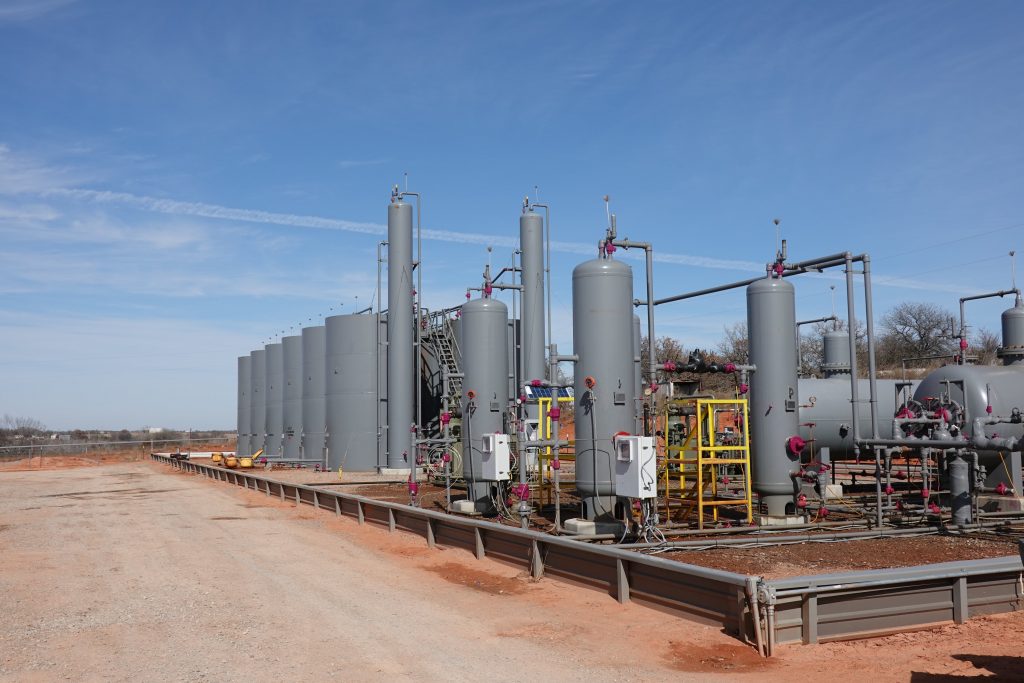
Invest now before the end of this year’s tax season, and reap the many advantages of tax breaks for qualified oil and gas investors.
In a time of rising interest rates, stable investment opportunities are in demand, and traditional options like real estate, capital markets, and cryptocurrency may not be as attractive. Even bank accounts and money markets are being eroded by inflation.
In contrast, oil and gas investment opportunities provide a stable alternative with prices remaining high despite some recent dips. Petroleum remains a driving force in the US economy and is expected to experience growth for several decades.
Investing in an oil and gas project comes with unique tax benefits, including consistent cash flow, significant write-offs, and a high Return On Investment. Here are some major tax benefits you can take advantage of for the 2023 tax year.
1. If you make a direct investment in oil and gas, you can receive a 100 percent tax write-off for intangible drilling costs.
IDCs refer to expenses incurred during drilling operations, including labor, fuel, chemicals, and transportation costs. Typically, IDCs make up between 60 to 85 percent of a well’s total cost and are fully deductible in the first year against taxable income.
For instance, if you invest $100,000 in a project where IDCs represent 85 percent of the total cost, you can deduct $85,000 from your taxable income. If you’re in the highest federal tax bracket of 39.6 percent, this deduction could save you approximately $29,750 in federal income taxes.
2. Tangible drilling costs are capitalized and amortized over a period of seven years
Equipment used for oil and gas drilling, including casing, pump jacks, and wellheads, fall under the category of tangible drilling costs (TDCs). In the previous example where $100,000 was invested, the remaining $15,000 (which represents 15 percent of the well’s total cost) would be considered TDCs.
contact dw energy
Want to learn more about oil & gas investing? Our expert team can provide you with more information or schedule a consultation to talk about diversifying your investment portfolio.

3. Intangible completion costs are deductible in the year they are incurred
Intangible completion costs (ICCs) are expenses associated with non-reusable goods and services during the completion phase of drilling, such as completion materials, labor, fluids, and completion rig time, among other related expenses. Typically, ICCs represent around 15 percent of the total well cost and offer significant tax advantages.
4. Oil and gas assets depreciate over a seven-year period
While materials and services used during drilling do not hold any salvage value, equipment utilized in well completion and production is usually recoverable. This category of equipment, including casing, tanks, wellheads and trees, pumping units, and similar items, is typically depreciated over a seven-year period using the modified accelerated cost recovery system (MACRS). Tangible completion and equipment expenses, in general, make up about 25 to 40 percent of the overall well cost.
5. The oil and gas depletion allowance allow you to shelter 15 percent of the annual production of a well from income tax
After an oil or gas well starts producing, the owners with working interest are eligible to protect a portion of the gross income generated from selling the oil and/or gas by using a depletion deduction.
There are two types of depletion available: cost and statutory. Cost depletion is determined based on the proportion of current production to the total recoverable reserves. Statutory depletion is subject to specific limitations and qualifications. Either of these deductions can typically shelter 15 percent of the well’s yearly production from income tax, leading to significant tax savings.
6. Lease operating expenses are deductible in the year they were incurred
Expenses related to operating a well, such as electricity, labor, and chemicals, are treated as standard business expense deductions. Historically, tax benefits from oil and gas production have the potential to trigger alternative minimum tax (AMT) liability. However, Congress provided tax relief for independent producers, defined as individuals or companies with daily production of 1,000 barrels or less, in the early 1990s. While excess IDCs may still trigger AMT taxation, statutory depletion is no longer thought of as a preference item.
Oil and gas investment can prove to be high reward and low risk. However, it’s important for investors to conduct a thorough evaluation of any potential investment and exercise caution when considering oil and gas investment opportunities.
To discover whether oil and gas investment is a good fit for you, contact DW Energy today.
Contact dw energy
Sources:
“Oil: A Big Investment with Big Tax Breaks,” Investopedia, https://www.investopedia.com/articles/07/oil-tax-break.asp
“Individual Tax Considerations for Investing in Oil and Gas Properties,” Weaver, https://weaver.com/blog/individual-tax-considerations-investing-oil-and-gas-properties
“Tax Advantages,” Texas Royalty, https://www.texasroyalty.com/tax-advantages
“Oil and Gas Taxation in the United States,” Deloitte, https://www2.deloitte.com/content/dam/Deloitte/global/Documents/Energy-and-Resources/dttl-er-US-oilandgas-guide.pdf
